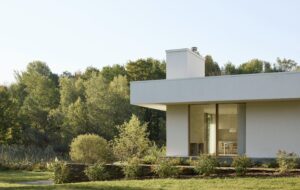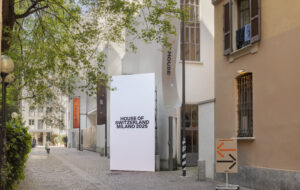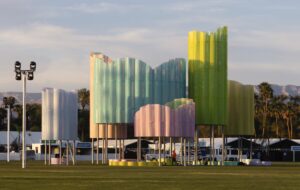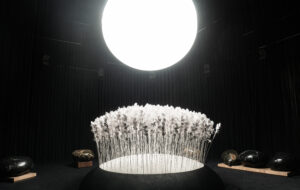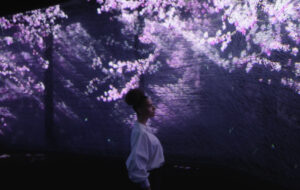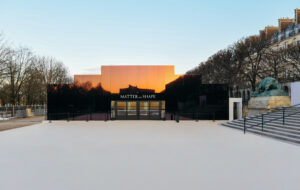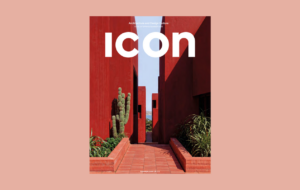Through its support of community-led organisations and emerging architecture practices, the new re:arc institute hopes to advance the planet’s wellbeing
 Photography by PPPANIK, Laura Nitsch, Fend Studio featuring re:arc institute’s new branding
Photography by PPPANIK, Laura Nitsch, Fend Studio featuring re:arc institute’s new branding
Words by TF Chan
It’s early July in Copenhagen. The UIA World Congress of Architects is in full swing, but rather than rubbing shoulders with architecture’s great and good at the Bella Center – the capacious congress hall recently expanded by Vilhelm Lauritzen Architects – we’re gathered at a gable-roofed greenhouse in Banegaarden, a former train depot in the southern part of the city. Rescued from the Botanical Gardens (about 3.5km to the northeast), where it was dilapidated and slated for demolition, the greenhouse has been restored and reassembled in its new home as a space for sustainability events.
As architect Mikkel Bøgh of Forma Studio explains, Væksthuset (‘The Greenhouse’ in Danish) is now ‘a patchwork of parts and pieces’. Where possible, damaged parts were replaced with upcycled building elements from throughout the city – for one, the brick we’re standing on had lined the Bella Center’s floor before it was ripped out during renovations. Compared to a new build, Væksthuset has a significantly smaller carbon footprint, and much more character too.
Væksthuset is the first project to be funded by re:arc institute, a new non-profit association that works at the intersection of climate action and architecture philanthropy, says the institute’s founder Carla Cammilla Hjort. ‘We thought, no matter what the strategy of re:arc becomes, we can probably stand behind a project like this,’ she recalls.
A charmingly colourful character, Hjort was a dancer and DJ before establishing research and design lab SPACE10 (where she remains chair). About a year ago, she established re:arc with funding from the Interogo Foundation, owner of the IKEA group, and assembled a diverse team based across Copenhagen, New York and Amsterdam to run it.
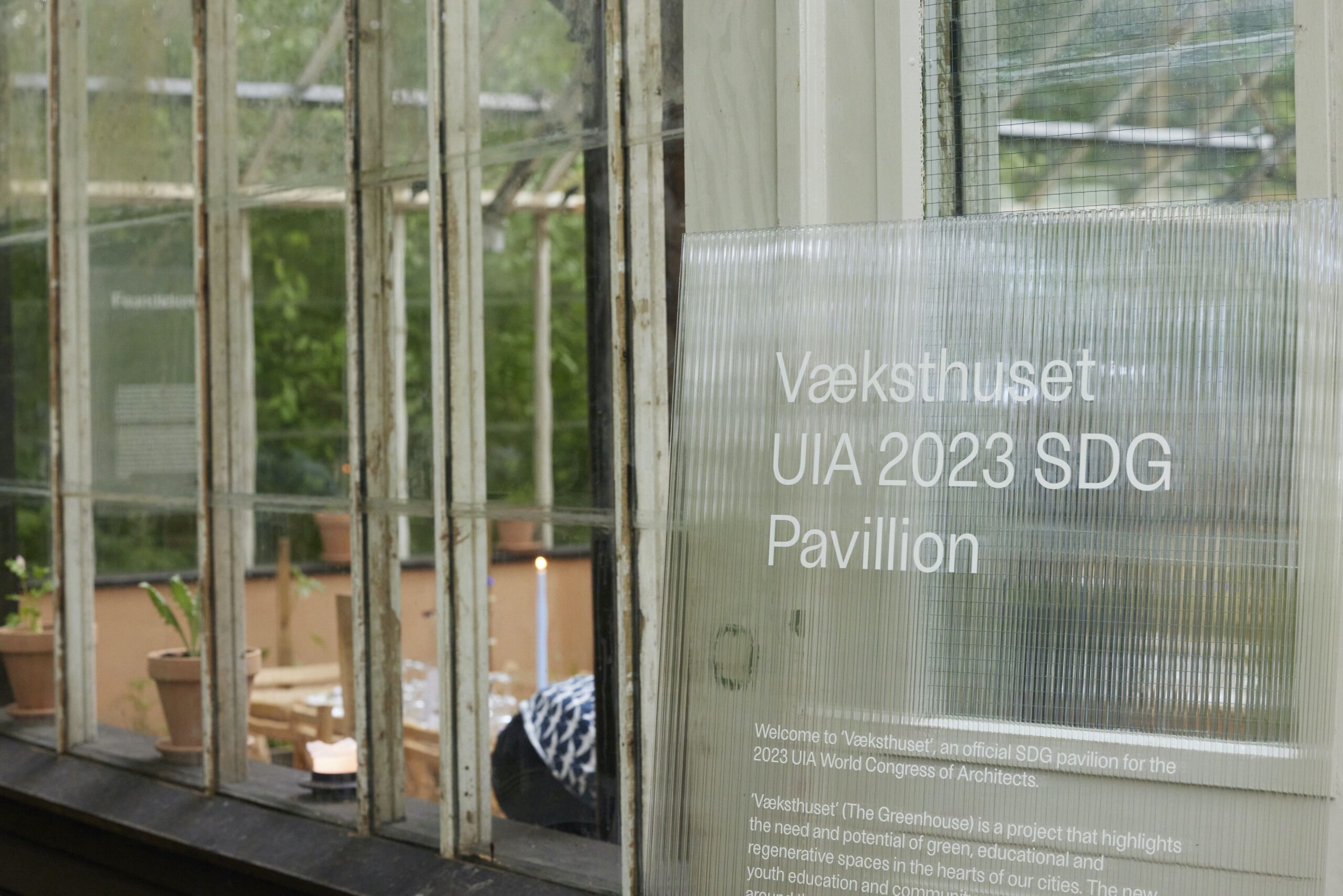 Photography courtesy of re:arc institute featuring Væksthuset
Photography courtesy of re:arc institute featuring Væksthuset
Among them is Alice Grandoit-Šutka, who had co-founded an LA-based publication focusing on design as a social practice. Taking the stage, Grandoit-Šutka explains that re:arc uses architecture and design as a lens ‘to open up ways of thinking about climate that can move us beyond limited concepts of sustainability’.
Part of the institute’s work is grantmaking: making direct donations to an annual cohort of community-led organisations around the world that empower people who are underrepresented in the built environment, champion collective ownership and build climate resilience.
Later in the programme, we hear from some of re:arc’s 2022 grantees: ArhiPera Association, which supports Romanian communities affected by extreme poverty, and Caño Martín Peña Community Land Trust, which is working to restore a channel in Puerto Rico that has been the site of frequent floods and has been clogged with debris.
Throughout their presentations we see how climate action and social justice can intersect: at ArhiPera, re:arc’s funding is supporting the construction of a new community centre in Chiojdu commune, built from wood offcuts and insulated with wool that would otherwise be destined for landfill.
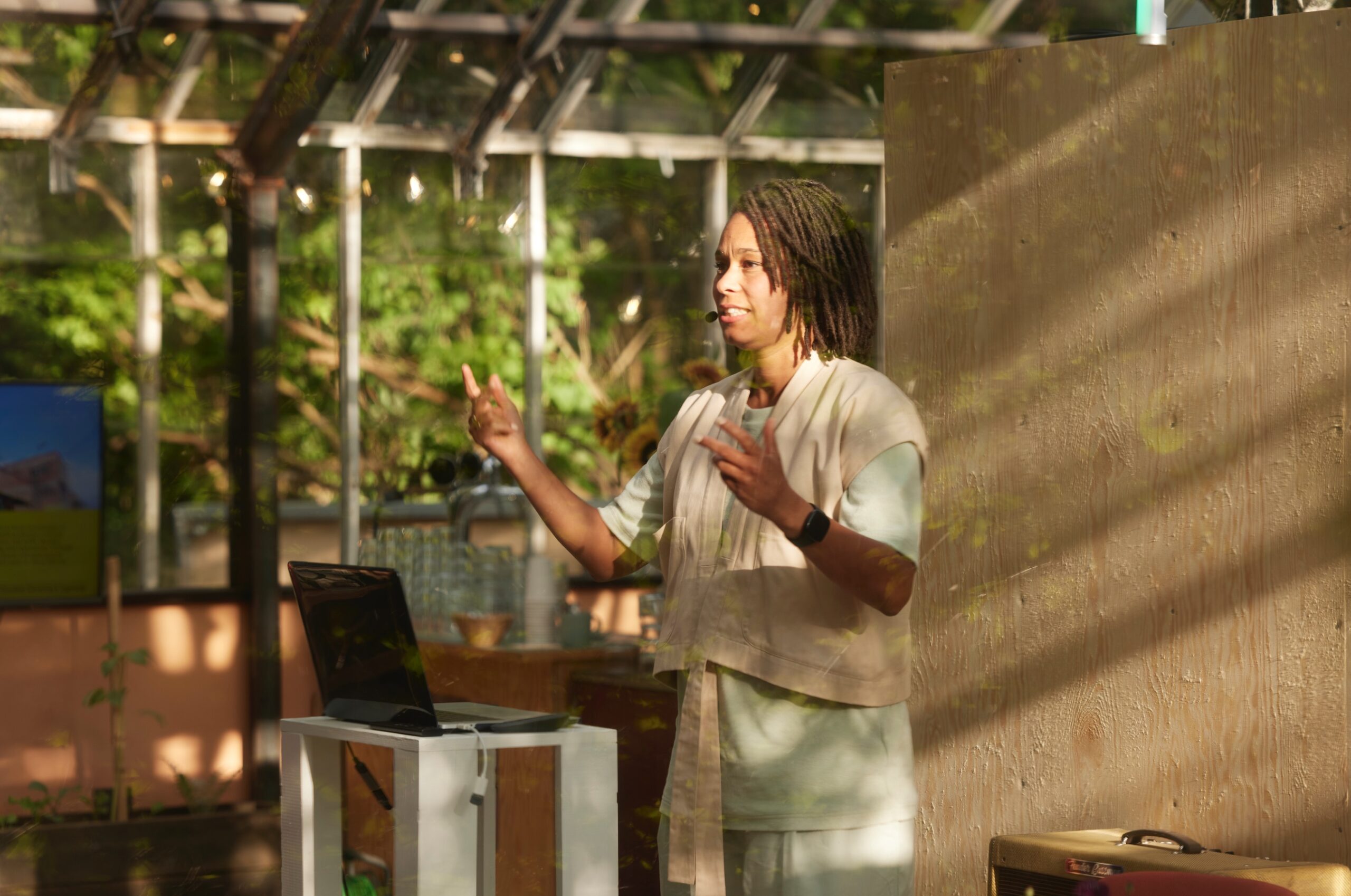 Photography courtesy of re:arc institute
Photography courtesy of re:arc institute
Meanwhile, Caño Martín Peña is working with architect Fernando Abruña to create ‘resilient homes’ in communities that are vulnerable to hurricane damage, which will incorporate solar panels, compost toilets and rainwater harvesting.
The headliner for the first day is Yasmeen Lari, Pakistan’s first female architect, recent winner of the RIBA Gold Medal and co-founder of humanitarian aid organisation Heritage Foundation of Pakistan, which has a partnership in the works with re:arc. Her presentation begins with images of her head office for Pakistan State Oil and Finance and Trade Centre, both in Karachi. Above these images are the words ‘high carbon corporate architecture’.
‘Everything in the 1980s that I designed, I’m not so proud of anymore. I wouldn’t do it anymore,’ she says matter-of-factly. ‘But I show it as a contrast, to highlight how you have to change to tackle the present world situation of disparity and climate crisis.’
For the past two decades, Lari has been ‘a proponent of zero concrete, zero cement and zero steel’. Following the 2010 Pakistan floods, which impacted approximately 20 million people, she trained affected communities to build shelters out of earth, lime and bamboo.
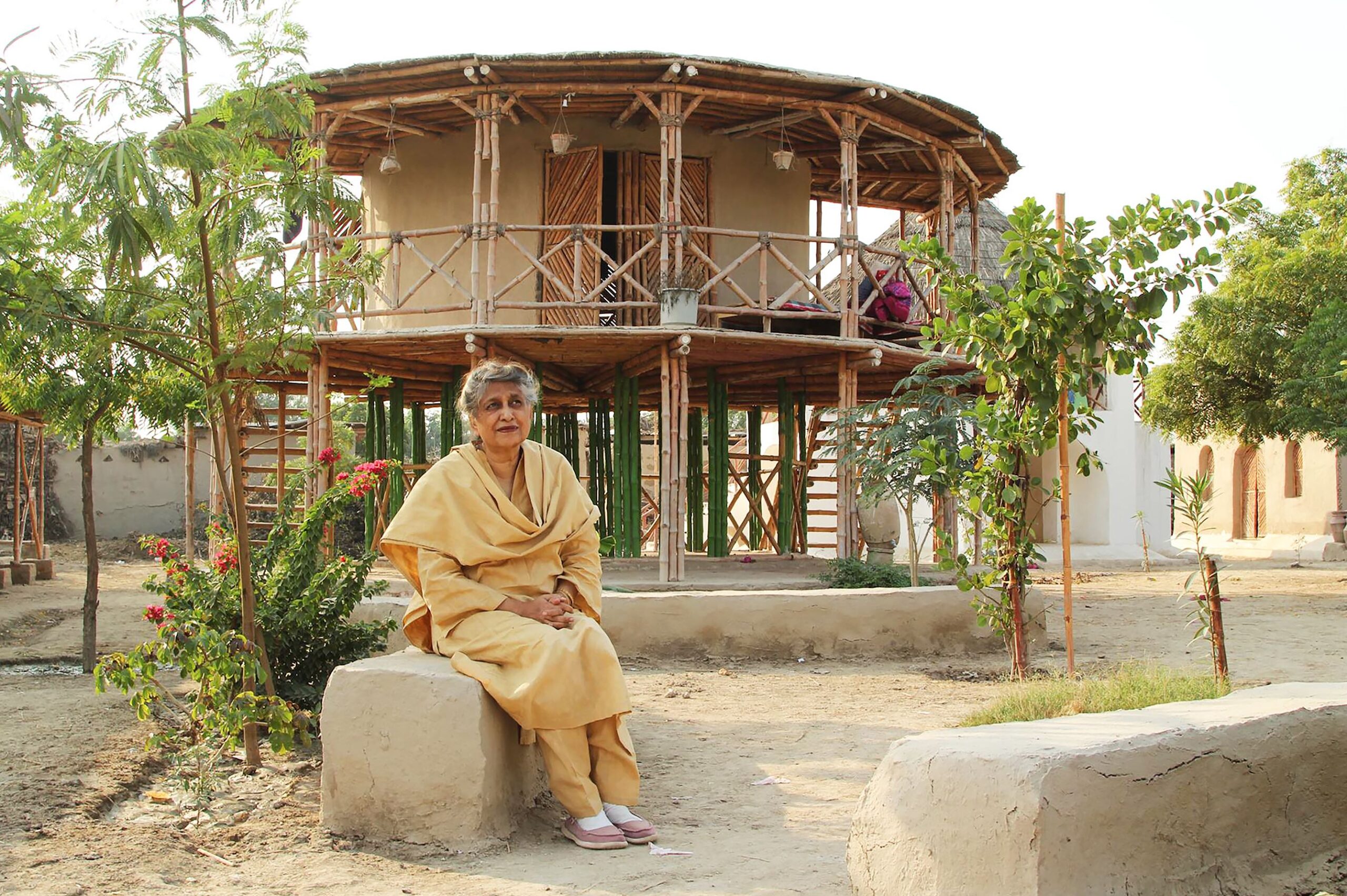 Photography courtesy of Heritage Foundation of Pakistan featuring Yasmeen Lari
Photography courtesy of Heritage Foundation of Pakistan featuring Yasmeen Lari
Lari’s signature is a cross-braced bamboo structure, inspired by vernacular architecture and resistant to earthquakes and floods. These can be fabricated, packed together very easily ‘like IKEA’ and rapidly assembled into buildings by communities that need them.
‘When people can build themselves, using locally-sourced materials, they will participate fully in the building process,’ Lari adds. ‘As architects, we can really give agency to people who have no voice otherwise.’
That sense of giving voice to the voiceless is echoed the next day by Ana María Gutiérrez, director of bio architecture and alternative technologies at Colombian foundation Organizmo. Organizmo operates a centre for regeneration and intercultural knowledge in the outskirts of Bogotá, which aims to learn about materials and construction techniques from Indigenous communities.
Architects ‘need to stop our colonialist ways’ of entering such communities and proposing buildings without first understanding local resources and knowledge, she says. ‘It’s important that we see them as communities full of power, and communities full of capacity to manage their own wellbeing.’
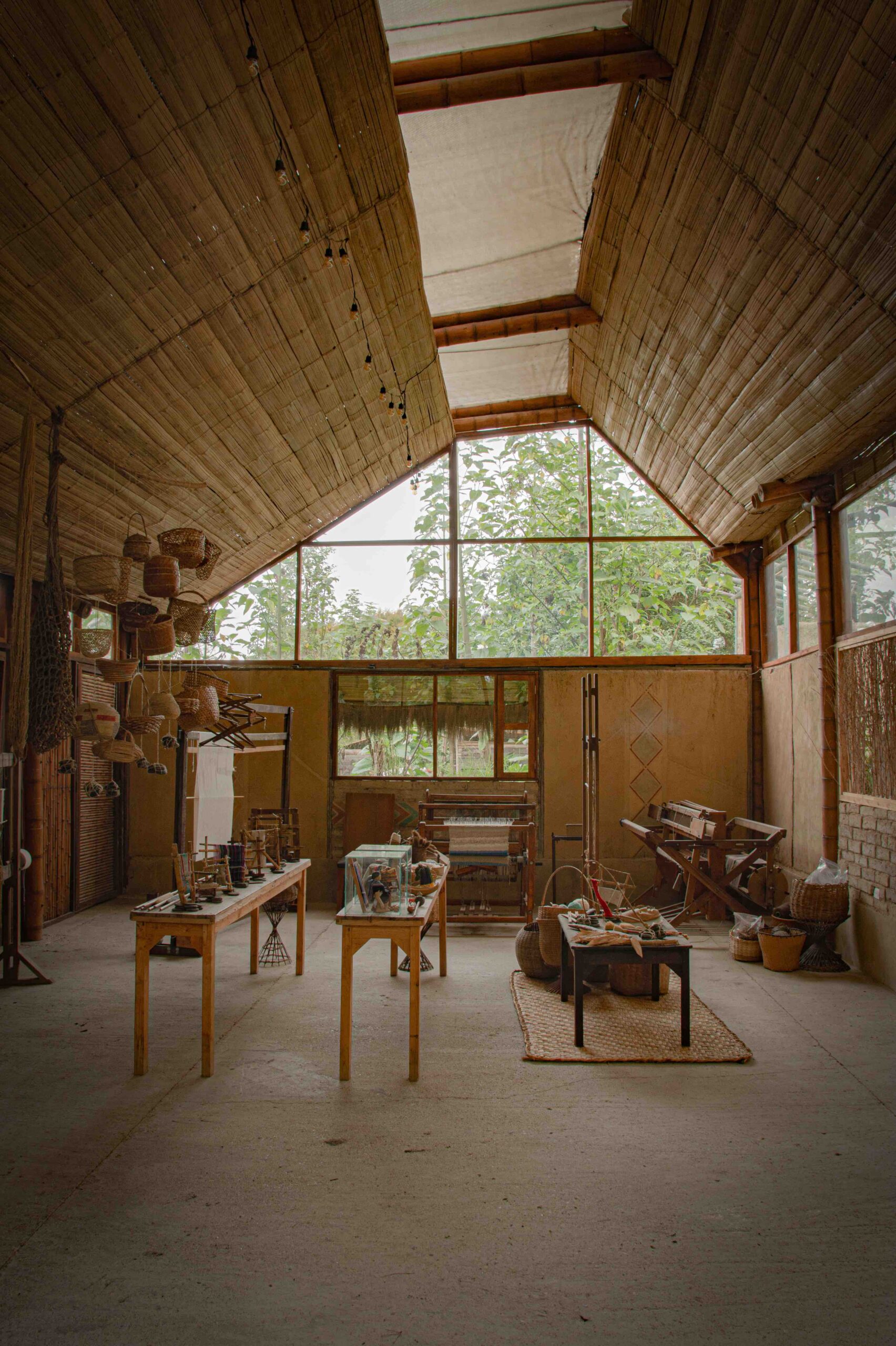 Photography courtesy of re:arc featuring Organizmo
Photography courtesy of re:arc featuring Organizmo
Beyond supporting grassroots organisations, re:arc also runs a practice lab, led by Nicolay Boyadjiev, a former director of the postgraduate programme at Moscow’s Strelka Institute. The lab prototypes new models for philanthropy in architecture – Boyadjiev explains that only 2% of global philanthropy goes to climate change mitigation, while a woefully small 8% of that 2% goes towards architecture projects that support such mitigation.
Thus, the lab is experimenting with practice-based funding, essentially supporting professional architecture studios to realise local, self-initiated and community-led projects. Its aim is to ‘produce projects around the world that can act as blueprints for multiplying good ideas’, he says.
Eight practices have received funding from re:arc over the past year, some of whom have come to Copenhagen to present their work. This includes Nairobi’s cave_bureau, which currently has an exhibition at the Louisiana Museum of Modern Art, a half-hour train ride north of the Danish capital.
Kenya derives 40% of its energy from geothermal plants – which is laudable, except that these plants often displace the Maasai people from their land. Cave_bureau is mitigating this by leasing a 40ha site on Mount Suswa (an area that has been earmarked for geothermal extraction), and conducting an in-depth landscape study to find inventive ways of harvesting water through geothermal vents. According to cave_bureau’s Kabage Karanja and Stella Mutegi: ‘We’re not coming here as experts, but rather to engage the Maasai community on their practices, tapping into and amplifying their ancestral knowledge.’
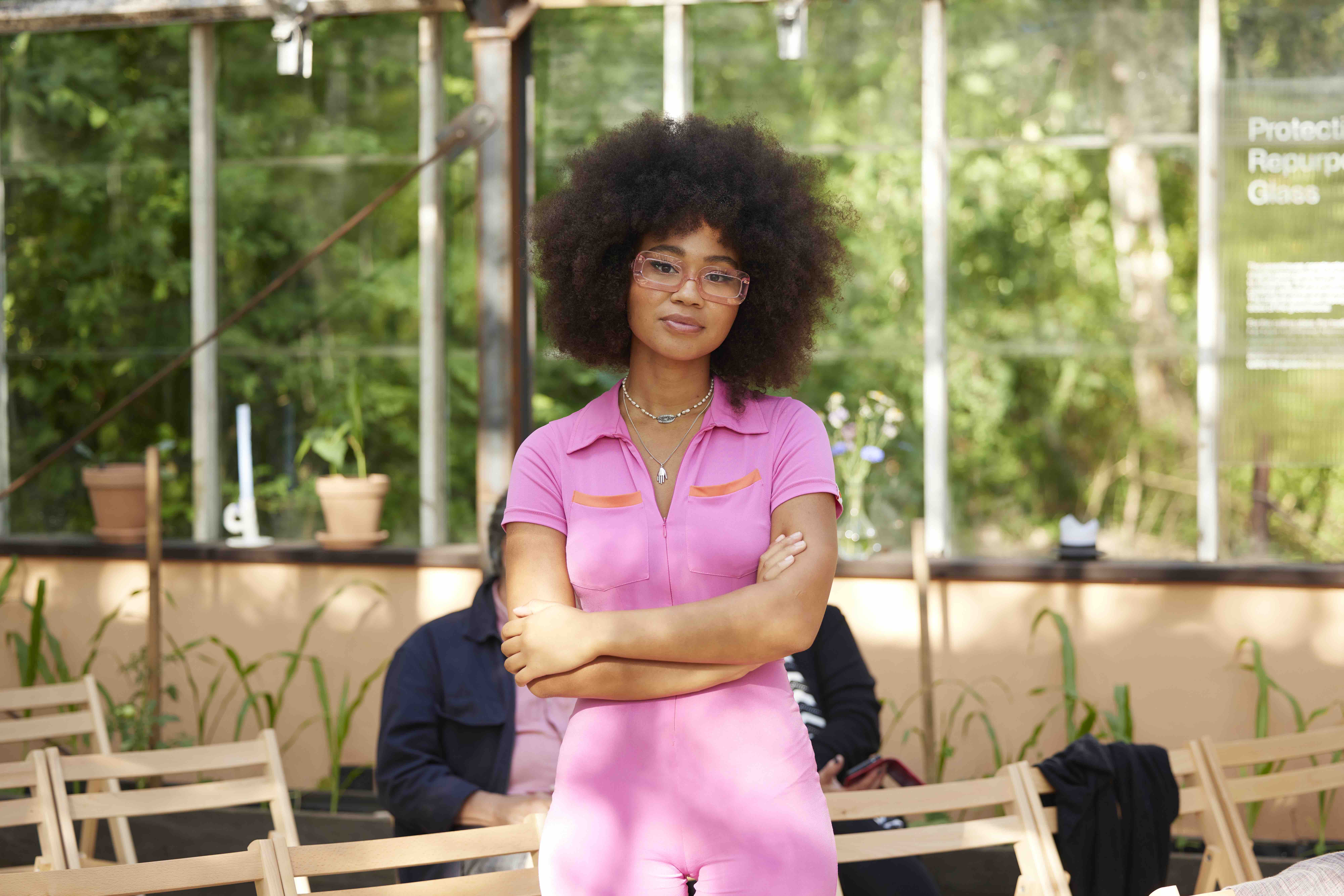 Photography courtesy of re:arc institute featuring Mikaela Loach
Photography courtesy of re:arc institute featuring Mikaela Loach
Also taking the stage is AFARAI’s Afaina de Jong, an Amsterdam-based Afro-European architect whom the Rijksmuseum called upon to design a 2021 exhibition on slavery in the Dutch colonial period. The exhibition told the story of 10 people who were involved in slavery in one way or another.
‘But we only have pictures of the people who enslaved them, in huge golden frames. So how do you show people who had no depiction, no body, no form, who only lived in the archives through punishment?’ the architect wondered. To tell the stories of those enslaved, she created spaces defined by mirrors and colours that relate to the Dutch colonial project, a result that gave dignity to the exhibition subjects and encouraged viewers to reflect.
Without doubt the best attended session of the three-day programme – prompting a last-minute clamour to find additional chairs – is a keynote address by British climate justice activist Mikaela Loach, who emphasises that the climate crisis ‘demands that we interrogate the foundations of this world, how it came to be, and why we hold on to structures that devalue the lives of billions of our siblings globally’. She is referring to our extractivist economy, but these words ring equally true in the context of the built environment, and urge us to consider how architecture must evolve to become more inclusive and friendlier to the planet.
It is an ambitious and necessary shift that will benefit greatly from the efforts of re:arc, and hopefully similar organisations that follow. As Loach says: ‘We have to imagine something better, and that imagination is key to creating something better.’
Read more in ICON 213 or get a curated collection of architecture and design news like this in your inbox by signing up to our ICON Weekly newsletter


